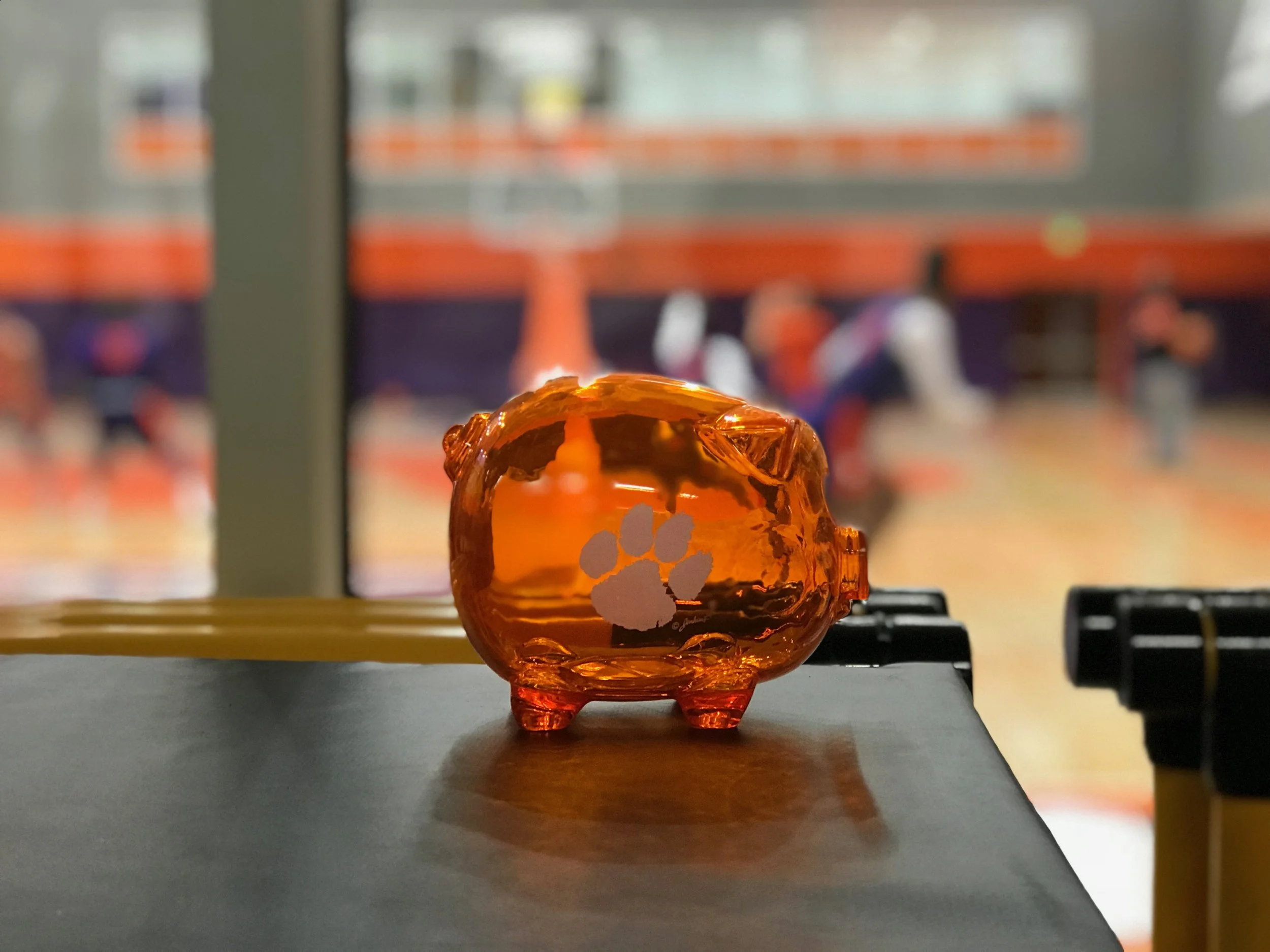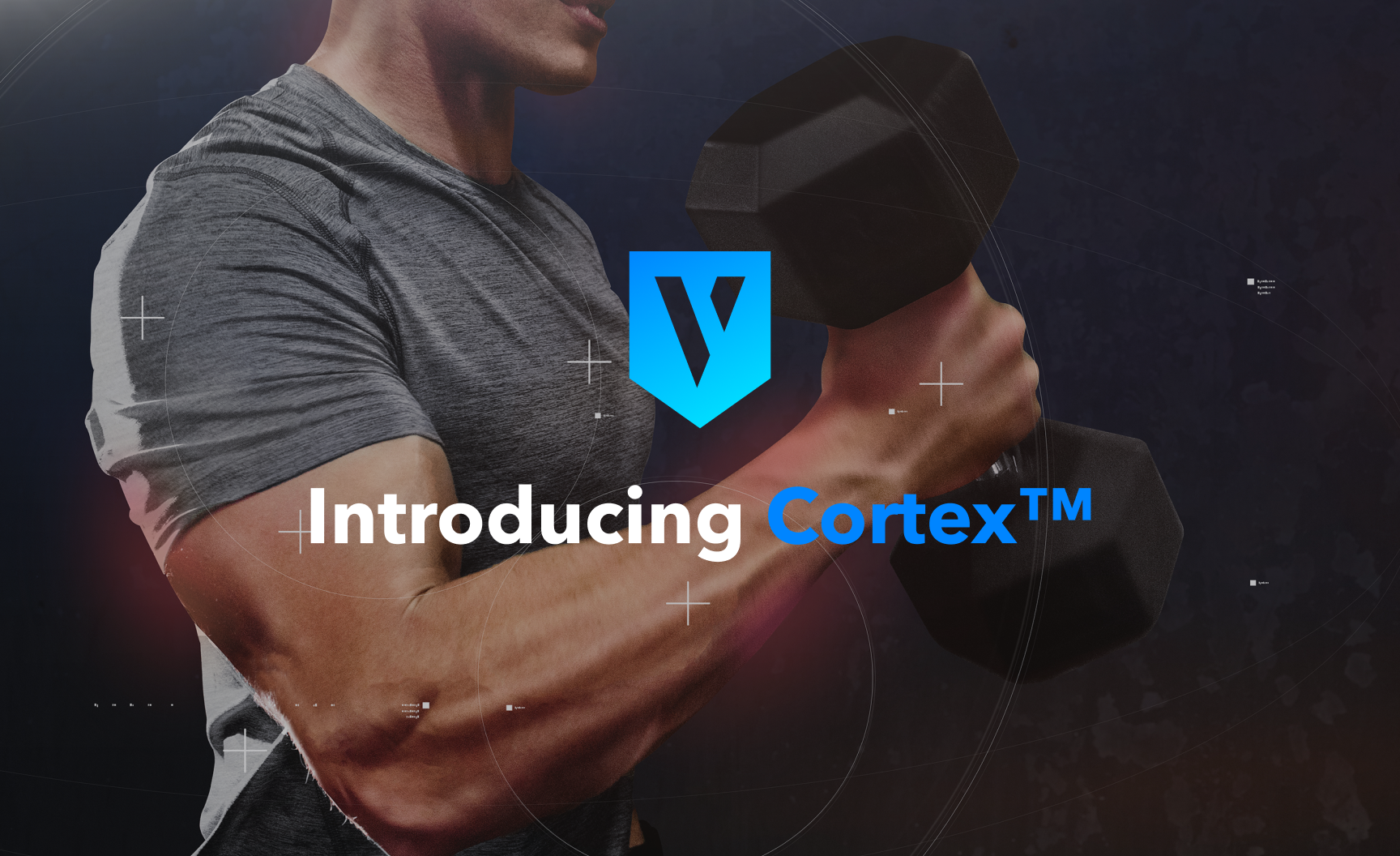4 Dimensions of Athletic Development, Part 2: Performance
/If athletes are high-performance sports cars, then strength coaches are the mechanics: the weight room is our garage, and the practice court is our test track. And just as sports cars need test runs and consistent evaluation to optimize performance, so too do our student athletes. In this second article in a 4-part series on athletic development, Clemson strength coach Kaitlyn Cunningham shares how she tests and evaluates athlete performance—along with practical applications for using that data to construct effective training.
Read More















